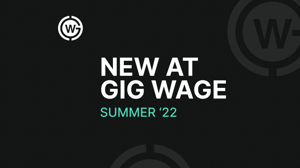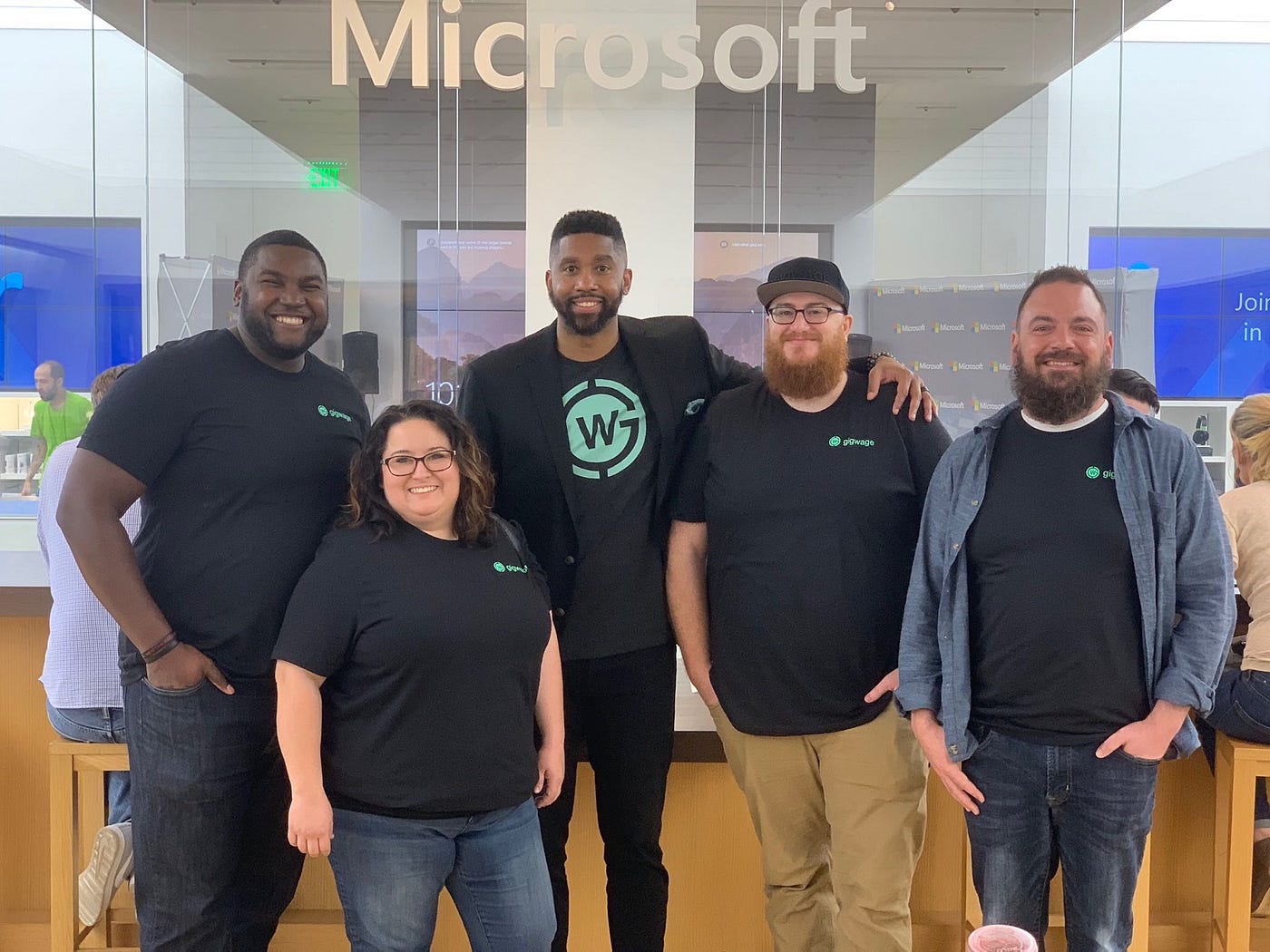How Can Gig Wage’s API Help You Automate Contractor Payments?

The gig economy is fast becoming the future of work. Using independent contractors is often the most effective way to gain access to the best talent while cutting costs. Of course, as you scale up and serve more accounts, handling their 1099 tax forms on an individual basis becomes highly time-consuming.
There are two main ways to handle this issue: pay by batch or integrate your human capital management (HCM) software with a banking and compliance software platform via an API. Gig Wage has the most developed API in the compliance technology industry, and tapping into it is remarkably easy. If you’ve never used an API, here’s what it is, how it can help, and why Gig Wage is the most optimal choice.
What is an API?
For computers to communicate with each other, they need a way to pass information through a link. The link is both a communication point and a boundary, keeping each system separate and exchanging only the necessary information. This boundary is essential for security, and it’s always a bit of a trade-off between the desire to share more information and the need to limit it for security purposes.
An application programming interface (API) is the gatekeeper and the messenger. The API provides the common protocols so that each system can understand each other while simultaneously guarding both systems that connect through it. As a messenger, you can think of the API like a waiter in a restaurant, while the kitchen is the core system. You order food from a menu, the waiter takes it to the kitchen and then delivers just what you asked for. The menu is the interface that your system uses to make its choices.
Lacking a menu, you might have no idea what’s available, so designing an effective restaurant menu is critical to boosting profits. Successful professional menu designers understand what’s important to customers and restaurants. The design of an API is just as important in this case. It must accommodate many different systems – a challenging task for computer logic – while still providing a solid structure for programmers. The framework must provide four basic functions for the API:
- GET asks for data from the server
- POST adds new data to the server
- PUT changes the data on the server
- DELETE removes existing data on the server
What makes a great API?
The best APIs are designed as a product for the programmers who use them. Your developers must easily communicate with the system code behind the API for full interoperability. API devs must intimately understand their users’ needs and target the structure to connect with standard software in their industry. The API structure also needs to be flexible enough to upgrade the API for security and evolving industry needs.
Great APIs understand use cases, technical options, and system limitations. It should include full backward compatibility, excellent communication facilitation, be predictable and consistent. It’ll walk new developers through the interface with simple-to-understand documentation yet also offer experienced programmers a wide selection of advanced options and customization. It’ll handle errors well, be extremely stable, and provide strong resiliency against intrusions and software bugs. Plus, there should always be a sandbox available to your programmers for testing and debugging.
How can Gig Wage’s API connectivity help me automate contractor payments?
Gig Wage’s developer API is already recognized as best in class for banking and compliance as a service software. It has essential integrations with a single API call and handles everything else. It is quick and easy, uses data security best practices, and works seamlessly with Ruby and JavaScript. There’s full documentation, contractor separation, and a wide range of endpoint options for many fields.
You start by requesting your API key, which is essential for security. Once you receive it, you’re registered and ready to integrate your software with the developer API. You then onboard your business and connect the interface with your HCM.
Underneath our API is a robust core system that uses well-established, high-security banking software. Then we added compliance services and customized it for the 1099 contractor industry. Once you’ve set up the account and connected to the API, onboarding should be automatic and after that, manage the creation, approval, and submission process for all your contractors’ 1099s. You can also white-label our service, collect W9 information through a form on your site that’s integrated with Gig Wage, and always access our payment portal whether you use our API or not.
We generate all the needed state tax forms – something our competitors often fail to do. We also collect all their Personally Identifiable Information (PII) and keep everything on our secure servers, so you don’t have to. You can build your own customer experience using our built-in API benefits, including
- Send payments to contractors
- Store W9 and PII information
- Create 1099s for Gig Wage paid contractors
- Create 1099s for contractors paid outside of Gig Wage
Your time is valuable. When you connect to Gig Wage’s system through our developer API, you’ll save time, have your 1099-K, 1099-MISC, and 1099-NEC forms generated automatically, and keep your contractors happy. Request your API key today and let your programmers discover how easy we’ve made it for them
Written by
Gig Wage


